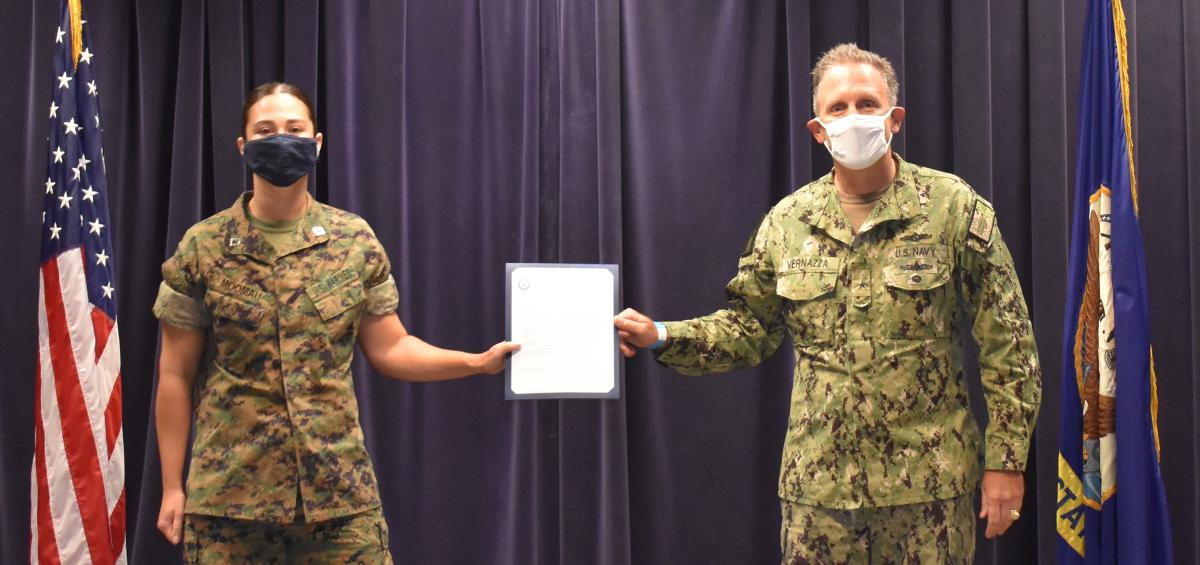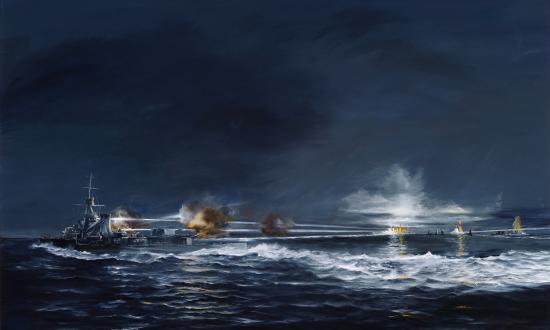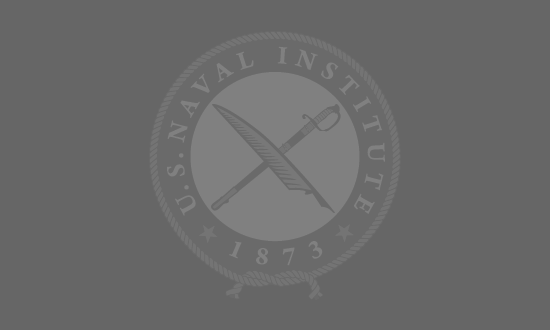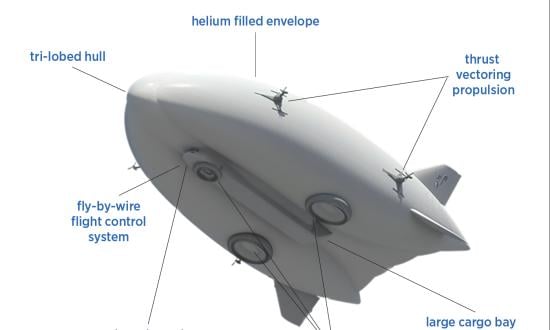Joint U.S. Navy and Marine Corps operations are common; however, the two services are a bit disjointed in the information warfare (IW) realm. If properly combined, Navy and Marine Corps’ integrated knowledge and capabilities could be much greater than the sum of their parts.
The services’ maturing IW cadres offer an opportunity to fuse and augment warfighting competences and achieve their vision for integrated naval power. The burgeoning relationship between the Naval Information Warfighting Development Center (NIWDC) in Hampton Roads, Virginia, and the Expeditionary Warfare Training Groups (EWTGs) in Norfolk and San Diego, is an excellent opportunity to build an integrated Navy and Marine Corps IW community.
Combined, NIWDC and EWTG can create experts in each service who work together to solve the most difficult maritime information warfare problems. These individuals can refine tactics, techniques, and procedures (TTPs) at the beginning and intermediate stages of fleet training and then work to introduce complex training throughout the advanced phases to coalesce Navy and Marine Corps IW elements.
The Present Information Warfare Paradigm
The combination of the Navy’s afloat information warfare commander (IWC), Navy warfare tactics instructors (WTIs), and the establishment of the Marine Expeditionary Force Information Group (MIG) provide a way for the Navy and Marine Corps to leverage each other’s IW capabilities. Until now, however, the Navy IW Community has minimally incorporated Marine counterparts in fleet training. Furthermore, the Navy and Marine Corps IW components remain unsure how to employ their organic capabilities to the maximum extent possible, and units from each service often arrive in the advanced training phase unable to demonstrate innovative TTPs. A lack of individual and unit-level proficiency prior to the advanced phase creates the necessity for mentors and evaluators to revisit basic and intermediate TTPs during the preparation and execution of sophisticated evaluation events. A way to remedy this problem and solidify Navy/Marine Corps IW capabilities is to place Navy and Marine Corps IW WTIs in select tactical-level billets.
This past summer, NIWDC offered the Marine Corps one “pilot” billet for its July WTI course, enabling the sister services to begin forging a stronger and enduring working relationship. NIWDC’s vision is to enable successful maritime operations by delivering elite-level IW training and providing effective solutions to the most critical IW challenges across the fleet and Fleet Marine Force (FMF). NIWDC trains WTIs who serve as unit-level IW integrators in the fleet. The command also provides advanced training through its fleet training department.
WTIs Provide Faster Integration
Information Warfare WTI candidates step through a rigorous three-week baseline course that exposes them to advanced aspects of the community’s three pillars: battlespace awareness, assured command and control, and integrated fires. Following the baseline course, students receive seven weeks of additional training on their respective mission areas. A WTI candidate’s final project is to tackle a problem from the fleet and develop a TTP as a potential antidote. Graduates of the WTI course take their project and attempt to apply their new TTPs in fleet settings. They also take with them a culture of radical candor, predicated on honest, critical feedback. Their job in the fleet is to foster an environment in which teams are inclined to think creatively to make their TTPs more effective. Should WTIs in the fleet/FMF encounter a complex problem they cannot solve, the WTI network provides them a team with whom to work to find a solution.
The Navy’s WTI program will not correct all the imperfections in the Navy and Marine Corps IW relationship, nor in the fleet/FMF training cycle. However, including Marines in the WTI program is an important first step. Marine WTI candidates will bring a different perspective on maritime and amphibious operations to the course, and their unique viewpoints and experiences will make all IW WTIs better prepared to face difficult problems in the operational battlespace. Integrating Marines into the WTI program also will help mitigate problems identified during the training cycle. In the past several years, the EWTGs and carrier strike group (CSG) training groups consistently cite amphibious ready groups (ARGs) and CSG IW components’ deficiencies in basic and intermediate competencies. As the cadre of WTIs grows, it can help address those unit-level training deficiencies.
Introduce Complex Training Early in the Training Cycle
Earlier this year, ETWG Atlantic (ETWGLant) and NIWDC conducted a complex tabletop exercise called “Gator Hunt” with Navy and Marine Corps players to provoke and facilitate discussions about IW TTPs in an operational context. Gator Hunt and its counterpart, Carrier Hunt, walk ARG and CSG staffs through a facilitated discussion of IW capabilities and counterintelligence, surveillance, reconnaissance, and targeting (CISR-T) problems that afloat staffs and units must consider prior to and during deployment. The exercise compels staffs to think through how their actions could affect other warfare commanders and encourages them to develop ways to work with other warfare areas and overcome obstacles.
The NIWDC game facilitators function as the white cell, determine enemy actions, adjudicate blue outcomes, and then rate players on their performance. Participants commented that the exercise and WTIs’ insights made them think about IW capabilities from a joint perspective. Moreover, Gator Hunt empowered participants to come up with innovative solutions to issues they could face throughout their deployments.
EWTGLANT incorporated Gator Hunt in the August 2020 ARG and Marine Expeditionary Unit (MEU) planning course as a way to introduce complex training in the basic stages. The goal of Gator Hunt is to nurture a cohesive Navy/Marine Corps IW team that uses lessons from the exercise to detect potential problems it may encounter in basic and intermediate training phases. As staffs recognize problems, EWTGLANT wants them to resolve their challenges before entering the advanced and integrated training phases. Embedding WTIs in tactical- and operational-level billets and introducing advanced-level exercises during early training phases will help fleet/FMF IW teams overcome obstacles throughout the training cycle.
Challenges posed by adversary information warfare capabilities will increasingly require Navy and Marine Corps IW professionals to work together. The two services each bring unique perspectives to maritime operations, which complement each other’s IW capabilities and help realize the vision for integrated naval power. Recently including Marines in the Navy’s IW WTI course, coupled with exercises, such as Gator Hunt and Carrier Hunt—that expose ARGs and CSGs to advanced concepts early in the training cycle—can enable “blue” and “green” units to leverage each other’s capabilities and competences. These are important early steps toward a unified fleet/FMF capability to fight and win in the information domain.






